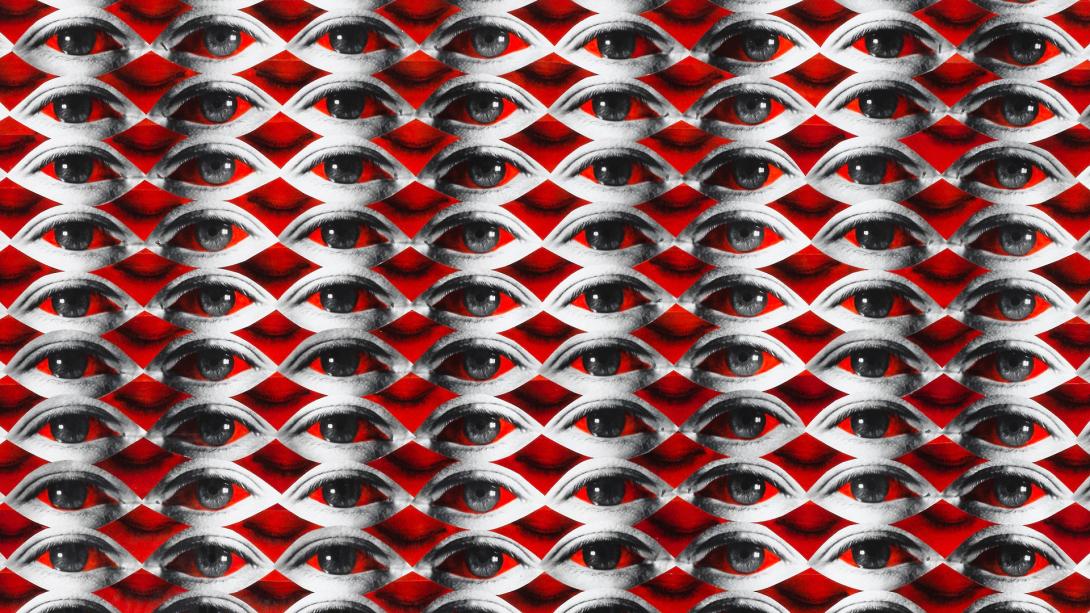Kapulani Landgraf
APT9
Born 1966 Pūʻahuʻula, Oʻahu, Hawaiʻi
Lives and works in Pūʻahuʻula, Oʻahu, Hawaiʻi
Kapulani Landgraf’s practice captures a contemporary indigenous view of sacred places and land issues in Hawai‘i. Passionately concerned with heritage and cultural issues, she draws on the Hawaiian language, as well as cultural traditions, storytelling and legends in her practice. Known for her stunning books of photographs documenting remote sacred sites, she also creates photo collages juxtaposing historical and original photographs with images associated with personal and traditional symbolism. These works honour ancestral connections to ancient landscapes, and expose the legacies of colonisation and modern development that have threatened and destroyed places that are significant parts of Hawaiians' identity as na poe 'aina, the first people of the land. While she has a distinct political message and describes her camera as a ‘weapon’ of defence, her works are not authoritarian or heavy handed, instead aiming to educate, challenge and provoke thought.

Kapulani Landgraf / Kanaka Māoli / Hawaiʻi b.1966 / Battle fatigue (detail) 2018 / Silver gelatin collage with iron nails / 182 x 81 x 2.5cm / Collection: The artist / © and courtesy: Kapulani Landgraf
Kapulani Landgraf works in photography, collage and installation, creating works about her ancestral homeland of Hawai’i. In contrast to the tourist clichés of Hawai’i presented through images of sunsets, golden sands, surfers and hula girls, Landgraf explores the continued sense of custodianship and responsibility that indigenous Hawaiians — Kanaka Māoli — feel for their ‘aina (land). Her photographic landscapes range from poetic evocations of sacred sites — recording prominent geographical, cultural and archaeological features — to politically charged collages addressing exploitation and subsequent despair.
For APT9, ten collages — painstakingly created by the artist between 1994 and the present day — are on display. Highlighting the destruction caused by North American colonisation, as well as more recent multinational, agricultural, military and tourist development on the islands of Hawai’i, the works are densely layered with references to significant sites, legends and beliefs. They also refer to a range of introduced practices — from language to irrigation methods — that have directly affected the land and its people. In each of Landgraf’s works, the postcard paradise of Hawai’i is literally cut up and reassembled, and colonial ideas of partitioning and division are reconfigured as an elegy to what the Kanaka Māoli have lost.
